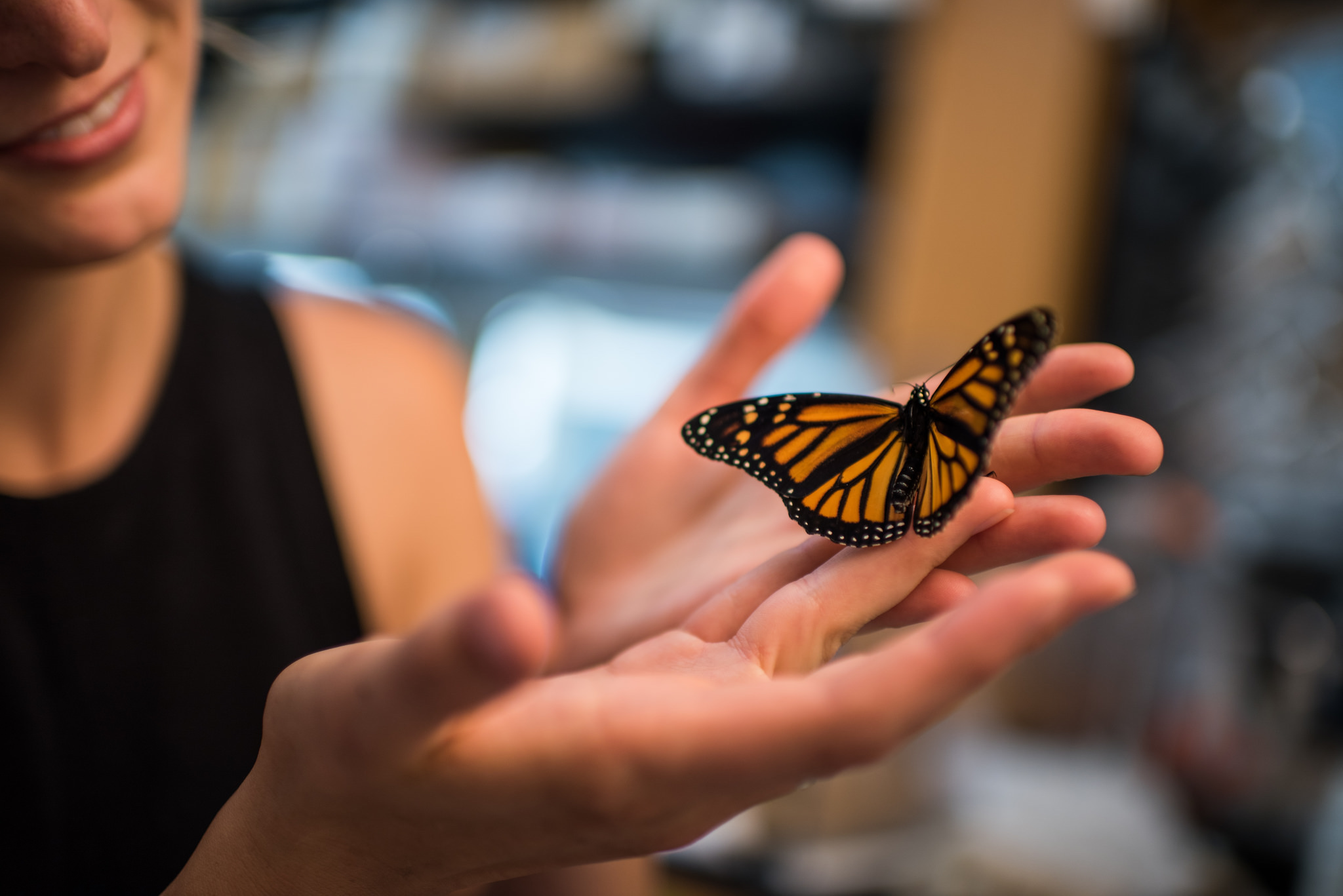
Monarch butterflies facing new threats with rising CO2 levels
A study from the University of Michigan (U-M) has identified a new threat to monarch butterflies. The researchers have found that rising carbon dioxide levels diminish the medicinal properties of milkweed plants, which make the butterflies more resilient against disease.
For the investigation, the research team raised four milkweed species that have different levels of protective compounds known as cardenolides.
While half of the plants were grown under typical carbon dioxide conditions, the other half were exposed to double the amount of atmospheric CO2. The plants were then fed to hundreds of monarch caterpillars.
The study revealed that the most protective of the four milkweed species lost its medicinal properties when grown under elevated CO2, which substantially affected the monarch’s ability to endure a parasite and reduced its lifespan by a week.
“We discovered a previously unrecognized, indirect mechanism by which ongoing environmental change–in this case, rising levels of atmospheric CO2–can act on disease in monarch butterflies,” said study first author Leslie Decker.
“Our results emphasize that global environmental change may influence parasite-host interactions through changes in the medicinal properties of plants.”
Study co-author and ecologist Mark Hunter has studied monarchs at the U-M Biological Station, located in Michigan’s Northern Peninsula, for more than a decade. He explained that the findings of the monarch study have broad implications.
“If elevated carbon dioxide reduces the concentration of medicines in plants that monarchs use, it could be changing the concentration of drugs for all animals that self-medicate, including humans,” said Hunter.
“When we play Russian roulette with the concentration of atmospheric gases, we are playing Russian roulette with our ability to find new medicines in nature.”
The researchers were able to determine how changes in atmospheric carbon dioxide levels altered toxin concentrations in the four milkweed species and how the monarch’s lifespan and disease susceptibility was affected.
The largest impacts were observed in monarchs that fed on A. curassavica, a milkweed species in which cardenolide production was lowered by nearly 25 percent when raised under elevated CO2 conditions.
In caterpillars that fed on A. curassavica milkweed grown under accelerated climate conditions, tolerance to the parasite declined by 77 percent when compared to caterpillars that fed on A. curassavica grown under typical levels of CO2.
Furthermore, these insects lost seven days of their life span due to parasitic infection. Among monarchs that ate A. curassavica grown under ambient CO2 levels, parasites reduced their average lifespan by only two days.
“We’ve been able to show that a medicinal milkweed species loses its protective abilities under elevated carbon dioxide,” said Decker. “Our results suggest that rising CO2 will reduce the tolerance of monarch butterflies to their common parasite and will increase parasite virulence.”
“Habitat loss, problems during migration and climate change all contribute to monarch declines,” added Hunter. “Unfortunately, our results add to that list and suggest that parasite-infected monarchs will become steadily sicker if atmospheric concentrations of CO2 continue to rise.”
The research is published in the journal Ecology Letters.
—
By Chrissy Sexton, Earth.com Staff Writer
Image Credit: Austin Thomason/Michigan Photography













